What Do Insects Eat?
What Do Insects Eat?
A Large Population in the Food Chain
There are over 900 thousand different types of insects known to currently exist on Earth. While there are so many different creatures that feast on insects, insects themselves play a part in the ecosystem as well. Whether they are consuming other small organisms, nature’s debris, or even other insects, these pests are constantly munching.
Ants
Ants are omnivores, which means that they will consume protein sources as well as vegetation. Depending on the specific species of ant and the time of year, their diet preferences can vary. However, in general, ants consume other deceased insects or parts of dead animals as sources of protein, as well as a variety of fruits, plants, grains, and seeds to meet their carbohydrate needs.
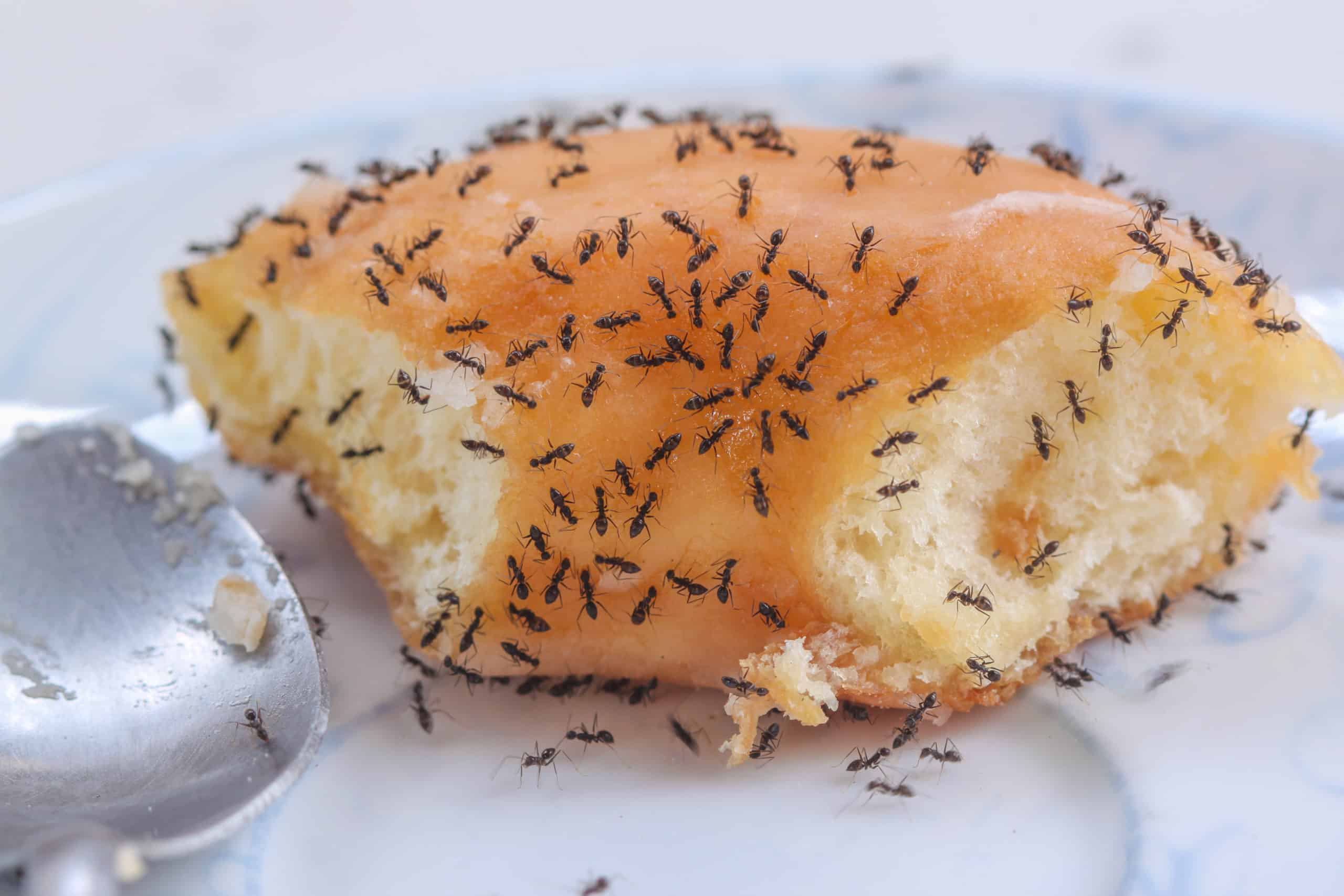
Honeybees
Bee larvae are all initially fed the same diet consisting solely of a substance called Royal Jelly. This gelatinous liquid is actually what the larvae initially grow inside, similar to amniotic fluids for humans, until they metamorphose into a full-grown bee. Royal Jelly is made up of a sugary, protein-filled and water-based liquid that is excreted from the glands of bees and, after metamorphosis, it is no longer fed to the majority of the bees. The exception to this rule is the Queen Bee, who will continue to feed on the “royal” substance throughout the rest of her life while her worker counter parts switch to consuming “bee bread,” a combination of fermented pollen and honey.
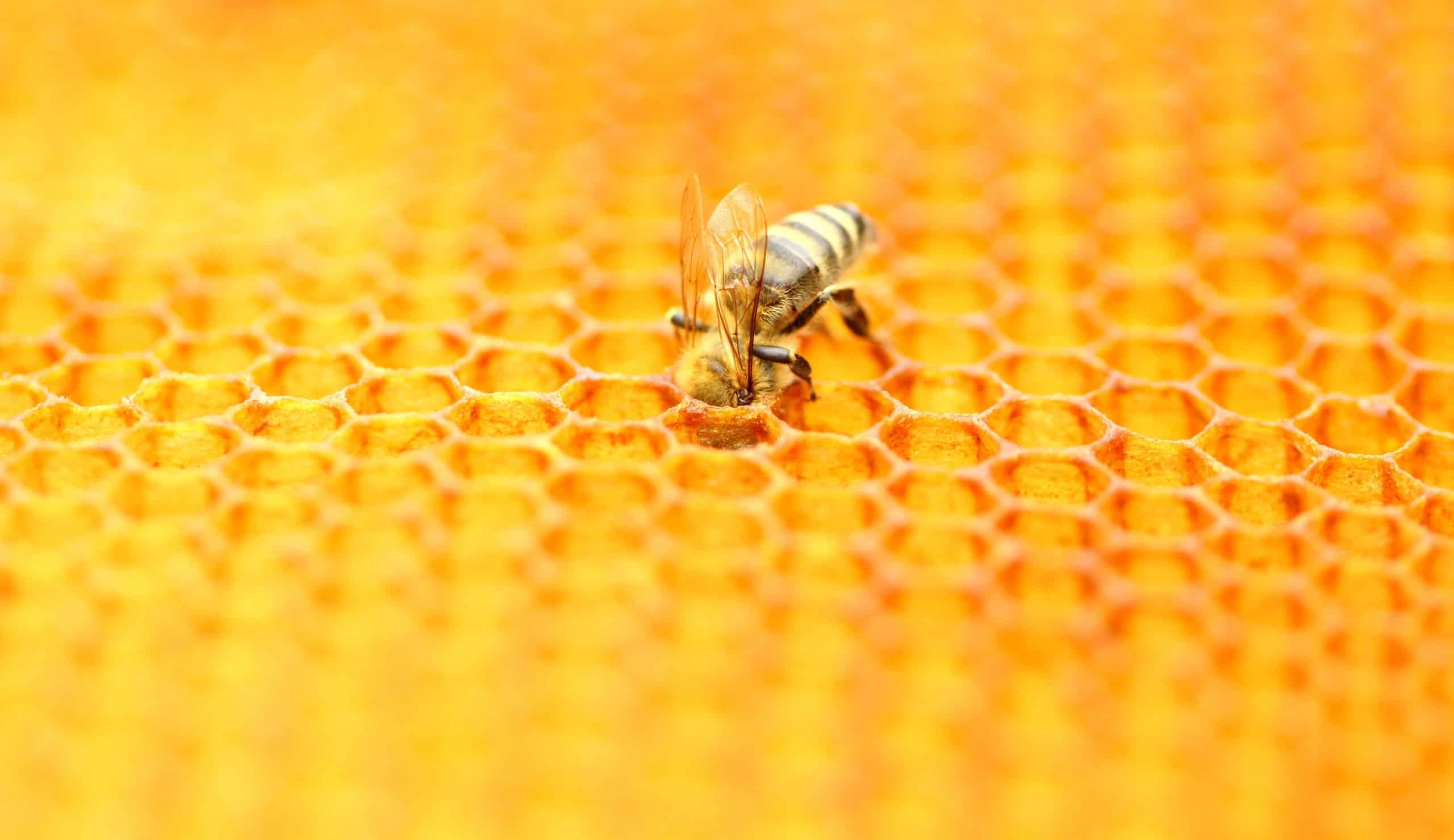
Wasps/Yellow Jackets
Both wasps and yellow jackets are very partial to sugary treats. They seek out fruits and even sugary filled drinks to satiate this craving. Paper wasps will also scavenge for nectar in flowers while yellow jackets forgo this practice, as their secondary food preference lies in sources that are dense in protein such as grilled meat or other insects.
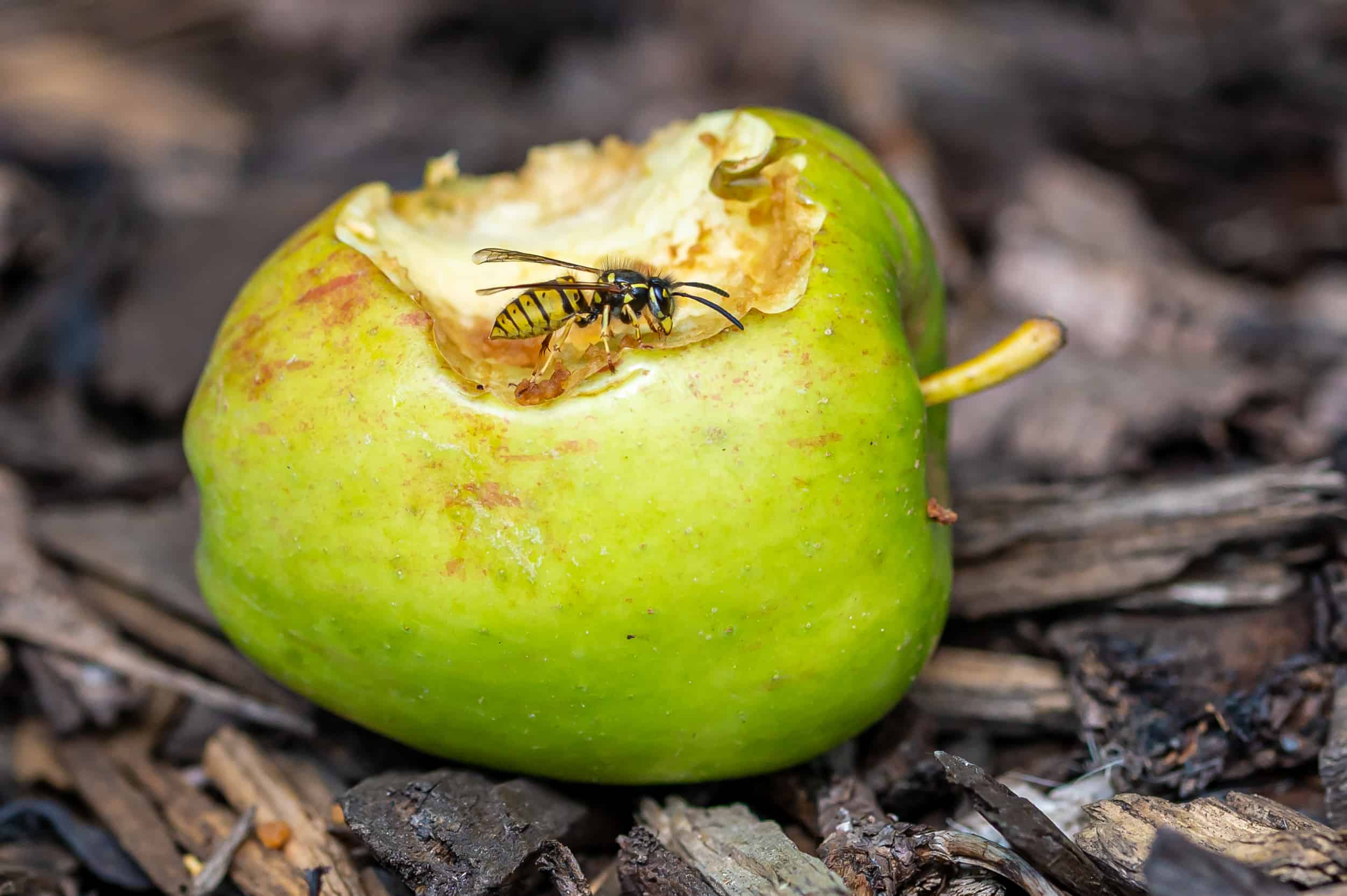
Mosquitos
Mosquitos are infamous for being bloodsuckers… but in reality, not all mosquitos drink blood. There are approximately 3,500 different species of mosquitoes in the world, and only a fraction of these species actually target humans for our blood. Furthermore, it’s actually only the females that seek out sanguine meals, while the males tend to dine exclusively on nectar from flowers.
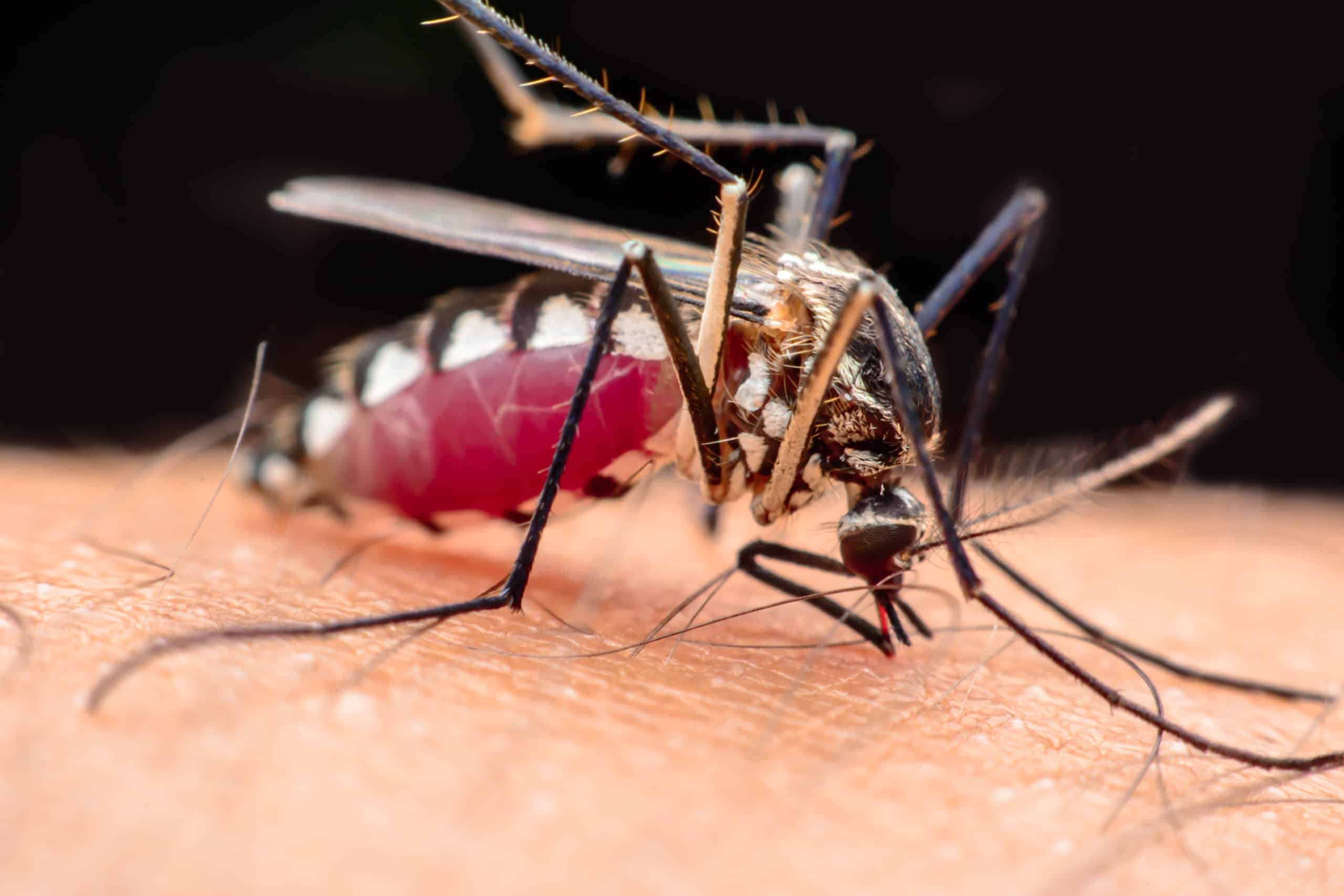
Centipedes
Centipedes are vicious predators. This means that they find sustenance through the consumption of other insects or very small animals. When hunting to satiate their carnivorous cravings, centipedes will make use of their fangs which are equipped with a specialized venom. This venom can administer a painful bite for humans, so you want to exercise caution when dealing with centipedes.
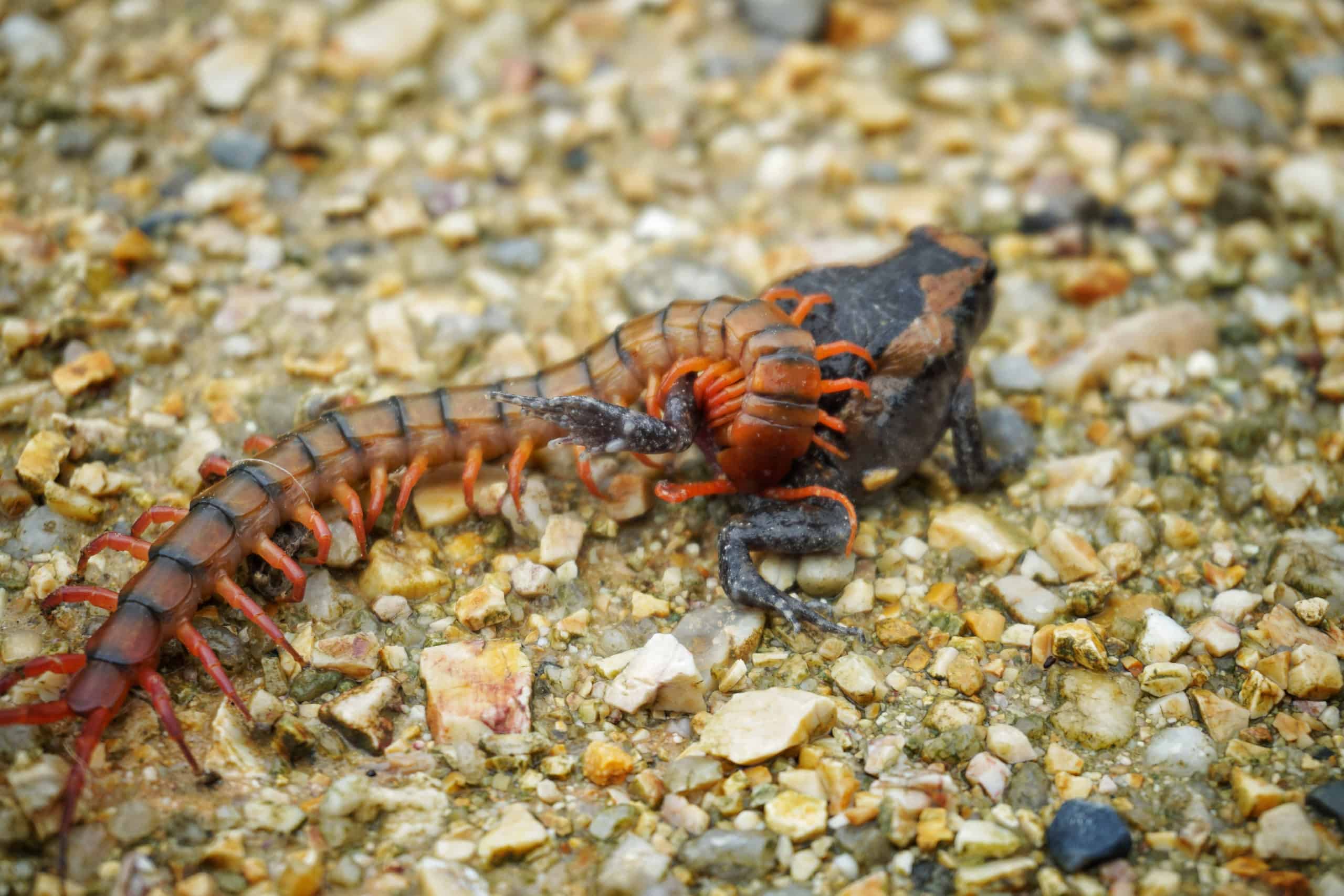
Cockroaches
Roaches could be considered the garbage dumpsters in the insect world because they eat practically anything. They’ve been known to consume clothing, paper, cardboard, book bindings, wallpaper, photographs, hair, dust bunnies, rotten foods, animal excrements, mold, plants, plastic, even some chemicals, and more.
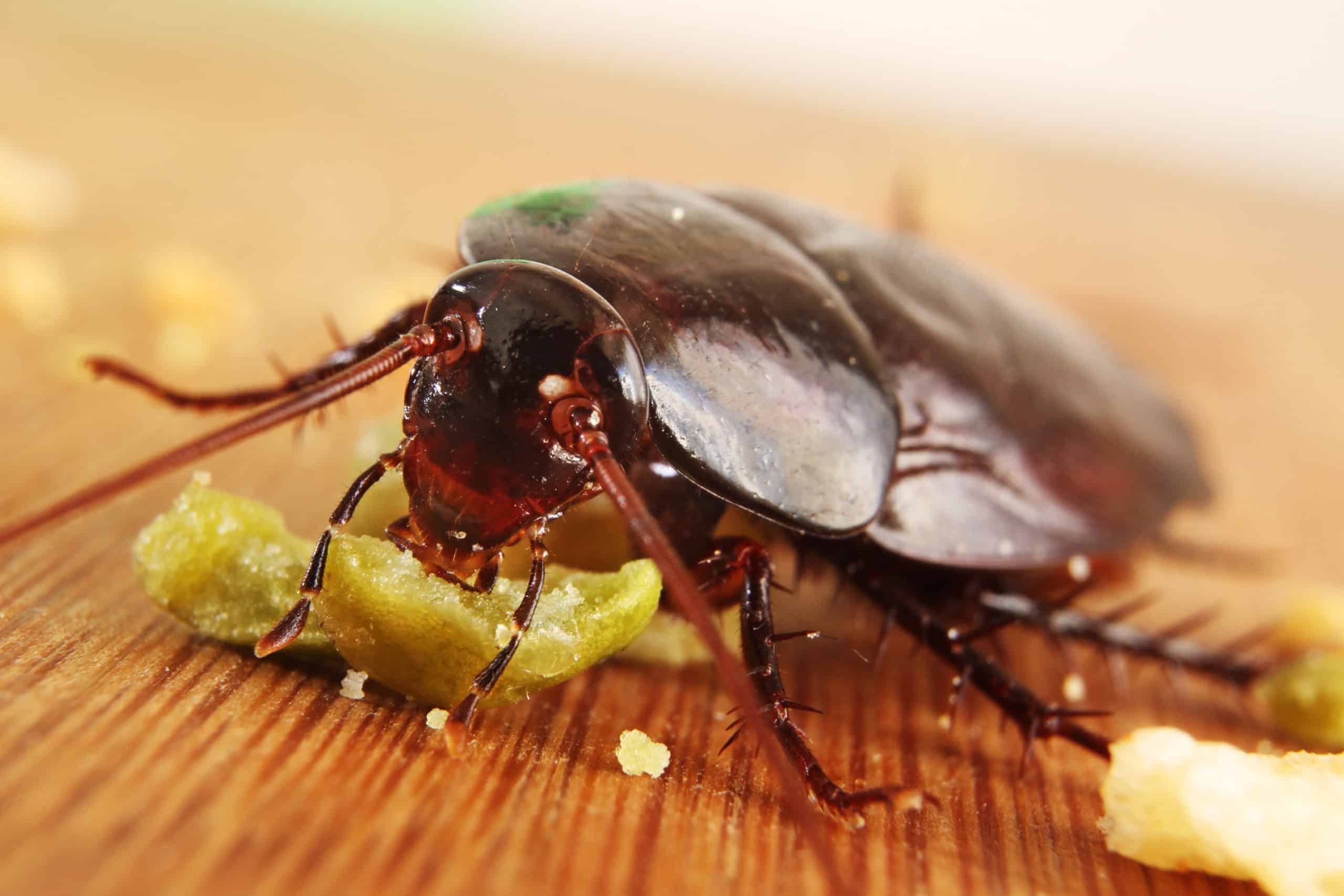
Citations
Alyssa, S. (2020) What Type of Bug Eats Paper?, Pets – Mom.com. Wild Sky Media. Available at: https://animals.mom.me/type-bug-eats-paper-11210.html (Accessed: June 2020)
Gordon, E. (no date) A Teacher’s Resource Guide to Millipedes & Centipedes, Cornell University. Available at: https://cpb-us-e1.wpmucdn.com/blogs.cornell.edu/dist/7/3643/files/2013/09/Millipedes-CentipedesGuide-2jubwdz.pdf (Accessed: August 2020).
Hadley, D. (2020) Fascinating Facts About Centipedes, ThoughtCo. Available at: https://www.thoughtco.com/fascinating-facts-about-centipedes-1968228 (Accessed: August 2020).
How Mosquitos Got Their Taste for Human Blood – What it Means for the Future (2020) SciTech Daily. Cell Press. Available at: https://scitechdaily.com/how-mosquitoes-got-their-taste-for-human-blood-what-it-means-for-the-future/ (Accessed: September 2020).
Kim, G. and Polan, S. (2018) Why Cockroaches Are So Hard To Kill, YouTube. Science Insider. Available at: https://www.youtube.com/watch?v=KKYJf2DL1FM (Accessed: July 2020).
Landolt, P. and Antonelli, A. Yellowjackets and Paper Wasps, Washington State University.
WSU Puyallup Research and Extension Center. Available at: https://s3.wp.wsu.edu/uploads/sites/1384/2016/07/Yellojackets-and-Paper-Wasps.pdf (Accessed: May 2020).
Lewis, J. G. E. (2007) The Biology of Centipedes. Cambridge University Press. (Accessed: August 2020).
Mao,W., Schuler, M. A., and Berenbaum, M. R. (2015) “A Dietary Phytochemical Alters Caste-Associated Gene Expression in Honey Bees,” Science Advances, 28 August.

